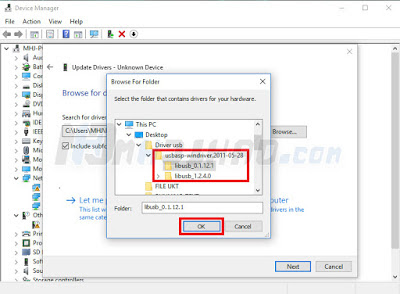


Now more about how it works with ATmega microcontrollers, using the example of ATmega32. After the recording finishes, bootloader transfers control to the user program. The bootloader is located in the high addresses of the flash memory of the microcontroller's programs, and writes the user program to the lower addresses (usually starting at address 0), i.e., when the microcontroller is flashed, the bootloader is not overwritten. Therefore, all programs that support it will overwrite the firmware in your device, as if they were using the USBasp programmer. The usbasploader bootloader works very simply - when connected to USB, it pretends to be a USBasp programmer. In addition, usbasploader comes with all the sources, is well-documented and easily adapted to the needs of the user (more on that later). This allows you to upgrade the firmware for both Linux and Windows using popular programs (see ) avrdude, eXtreme Burner - AVR, Khazama AVR Programmer, and even from the BASCOM-AVR programming environment (BASCOM-AVR programming system - a small miracle worthy of a separate article). For the article, I chose usbasploader because it is compatible with the very popular USBasp programmer. If your breadboard is equipped with a bootloader, then you can save money on buying a programmer or time on its manufacture - this is important for beginners.Ī lot of bootloaders have been made for AVR - see.

There is no longer any need to carry a programmer with you, since a computer and USB are everywhere. USB bootloader technology provides one single possibility - no need for a special programmer to replace the software ( firmware ) in the device - just connect to a computer via USB. The article describes how to quickly start the USB bootloader for the ATmega32 microcontroller using the Objective Development usbasploader bootloader as an example.


 0 kommentar(er)
0 kommentar(er)
